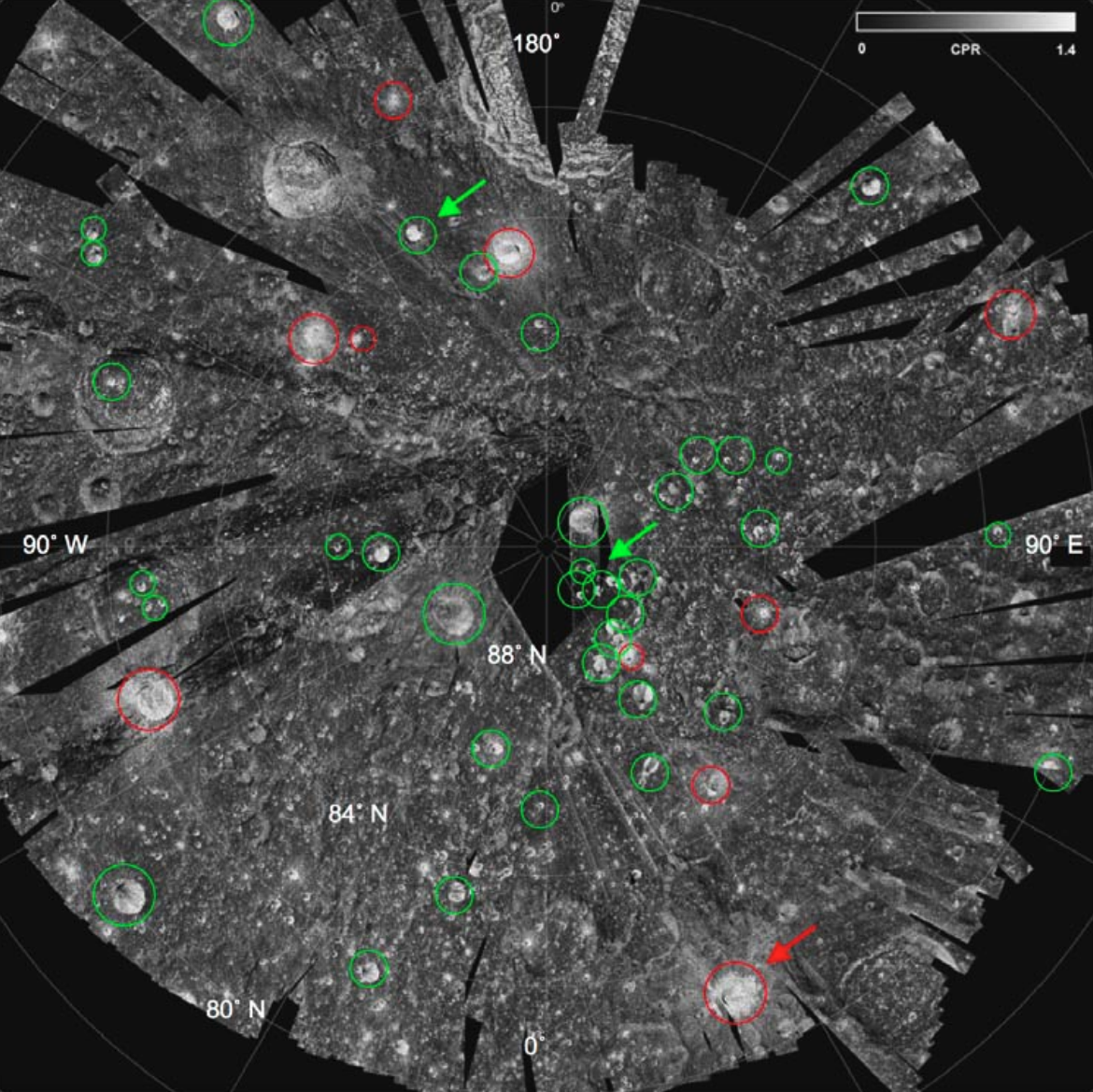Chandrayaan-1 / Moon Impact Probe
Type
Launch
Target
Objective
Chandrayaan-1 was India's first deep space mission, and it played a crucial role in the discovery of water molecules on the Moon.

Fast Facts: Chandrayaan-1
India's Chandrayaan-1 played a crucial role in the discovery of water molecules on the Moon.
- Chandrayaan-1 was India's first deep space mission.
- Among its suite of instruments, it carried NASA's Moon Minerology Mapper (M3), an imaging spectrometer helped confirm the discovery of water locked in minerals on the Moon.
- THe orbiter also released an impactor that was deliberately crashed into the Moon, releasing debris that was anyalyzed by the orbiting spacecraft's science instruments.
Nation | India |
Objective(s) | Lunar Orbit, Lunar Impact |
Spacecraft | Chandrayaan-1 / Moon Impact Probe (MIP) NSSDCA/COSPAR ID: 2008-052A |
Spacecraft Mass | (1,380 kilograms) |
Mission Design and Management | Indian Space Research Organization (ISRO) |
Launch Vehicle | PSLV-XL (no. C11) |
Launch Date and Time | Oct. 22, 2008 / 00:52:11 UT |
Launch Site | Satish Dhawan Space Centre, Sriharikota, India |
Scientific Instruments | Main Satellite 1. Terrain Mapping Camera (TMC) 2. Hyper Spectral Imager (HySI) 3. Lunar Laser Ranging Instrument (LLRI) 4. High Energy X-ray Spectrometer (HEX) 6. Chandrayaan-1 X-ray Spectrometer (CIXS) 7. Near Infrared Spectrometer (SIR-2) 8. Sub Kev Atom Reflecting Analyzer (SARA) 9. Miniature Synthetic Aperture Radar (Mini SAR) 10. NASA’s Moon Mineralogy Mapper (M3) 11. Radiation Dose Monitor (RADOM) Moon Impact Probe (MIP) 1. Radar Altimeter 2. Video Imaging System 3. Chandra’s Altitudinal Composition Explorer (Mass Spectrometer) (CHASE) |
Firsts
- This was India's first deep space mission (and first trip to the Moon).
Key Dates
Launch: Oct. 22, 2008 / 00:52:11 UT
End of Mission: Aug. 28, 2009 / 20:00 UT
Results
Chandrayaan-1, the first Indian deep space mission, was launched to orbit the Moon and to dispatch an impactor to the surface.
Scientific goals included the study of the chemical, mineralogical and photogeologic mapping of the Moon. In addition to the five Indian instruments, the spacecraft carried scientific equipment from the United States, the United Kingdom, Germany, Sweden, and Bulgaria.
Chandrayaan-1 was launched into an initial geostationary transfer orbit of 140 x 14,180 miles (225 × 22,817 kilometers) at a 17.9-degree inclination.
Over a period of 13 days, the apogee of the orbit was increased by five burns of the spacecraft’s 99 pound-force (44.9 kilogram-force) liquid engine that successively raised orbit on Oct. 23 (to 23,500 miles or 37,900 kilometers), Oct. 25 (to 46,430 miles or 74,715 kilometers), Oct. 26 (to 102,300 miles or 164,600 kilometers), 29 Oct. 29 (to 166,000 miles or 267,000 kilometers), and Nov. 4 (to 236,100 miles or 380,000 kilometers).
Finally, the probe successfully entered lunar orbit after a burn that began at 11:21 UT Nov. 8 and lasted about 13.5 minutes. Initial lunar orbital parameters were about 4,660 x 310 miles (7,502 × 504 kilometers).
Between lunar orbit insertion Nov. 8 and Nov. 12, Chandrayaan-1’s orbit was reduced gradually so that it ended up finally in its operational polar orbit at about 62 miles (100 kilometers) above the lunar surface.
Two days later, at 14:36 UT, Chandrayaan released its 64-pound (29-kilogram) Moon Impact Probe (MIP). The probe fired a small deorbit motor and then went into freefall, sending back readings from its three instruments until it crashed onto the lunar surface at 15:01 UT near the Shackleton Crater at the lunar south pole.
Indian scientists reported that data from Chandra’s altitudinal composition explorer (CHASE), which took readings every 4 seconds during its descent, suggested the existence of water in the lunar atmosphere, although the data remains inconclusive absent further verification.
Chandrayaan-1 experienced abnormally high temperatures beginning late November 2008 and for a time, it could only run one scientific instrument at a time.
In May 2009, the spacecraft was delivered to a higher 120-mile (200-kilometer) orbit, apparently in an attempt to keep the temperatures aboard the satellite to tolerable levels.
Chandrayaan-1 also suffered a star sensor failure after nine months of operation in lunar orbit. A backup sensor also failed soon after, rendering inoperable the spacecraft’s primary attitude control system. Instead, controllers used a mechanical gyroscope system to maintain proper attitude.
Last contact with Chandrayaan-1 was at 20:00 UT Aug. 28, 2009. This was short of the spacecraft’s planned two-year lifetime, although ISRO noted that at least 95% of its mission objectives had been accomplished by then. The most likely cause of the end of the mission was the failure of the power supply due to overheating.
Perhaps Chandrayaan-1’s most important finding was related to the question of water on the Moon. In September 2009, scientists published results of data collected by the American M3 instrument which had detected absorption features on the polar regions of the surface of the Moon usually linked to hydroxyl- and/ or water-bearing molecules.
This finding was followed in August 2013 by an announcement of evidence of water molecules locked in mineral grains on the surface of the Moon -- magmatic water, or water that originates from deep in the Moon’s interior.
Magmatic water had been found in samples returned by Apollo astronauts but not from lunar orbit until the operation of the M3 instrument. Although Cassini, during its flyby of the Moon in August 1999, had detected (using its VIMS instrument) water molecules and hydroxyl.
NASA’s Deep Impact-EPOXI mission, which flew by the Moon in June 2009 also returned the same type of data.
Additional Resources
- National Space Science Data Center Master Catalog: Chandrayaan-1
Primary Source
Siddiqi, Asif A. Beyond Earth: A Chronicle of Deep Space Exploration, 1958-2016. NASA History Program Office, 2018.
NASA Radar Finds Ice Deposits at Moon’s North Pole
Using data from a NASA radar that flew aboard India's Chandrayaan-1 spacecraft, scientists have detected ice deposits near the moon's north pole. NASA's Mini-SAR instrument, a lightweight, synthetic aperture radar, found more than 40 small craters with water ice.
Learn More









